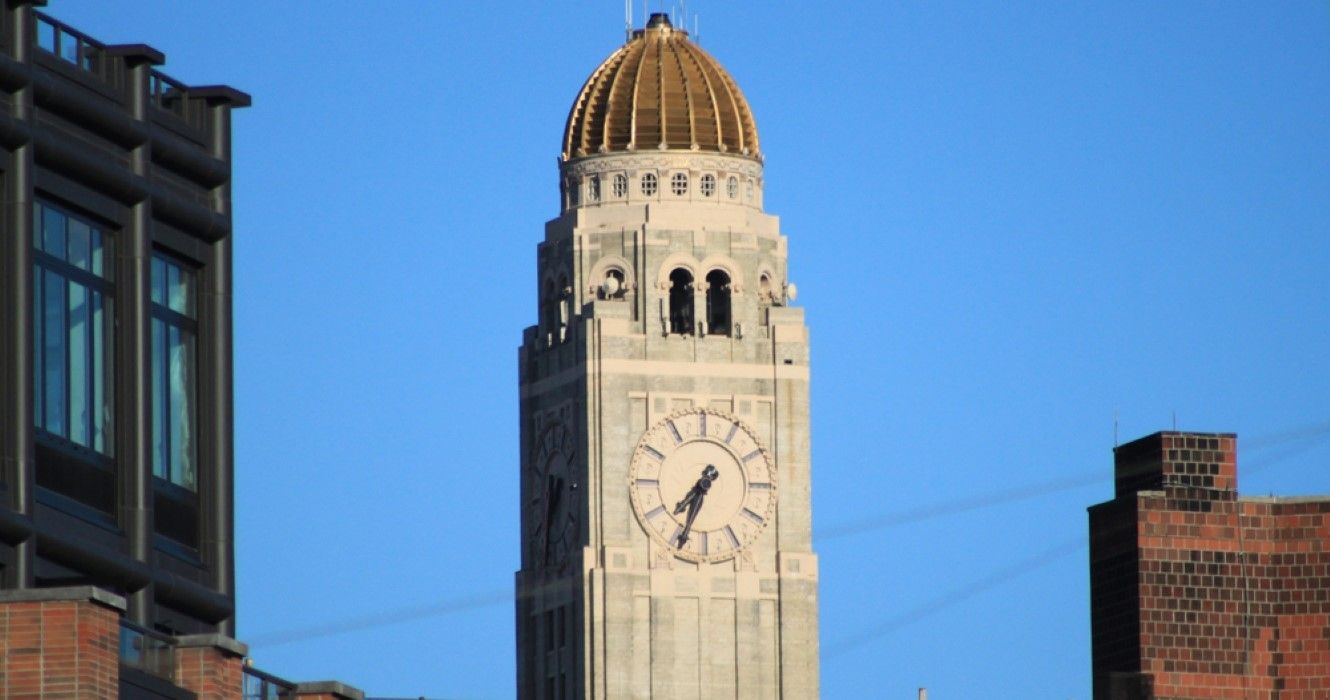Quick Links
Brooklyn’s Boerum Hill might not be the first place you would think of amid the borough’s many neighborhoods to walk around. Yet, Boerum Hill is a residential community that makes for a leisurely stroll.
Geographically, Boerum Hill is situated in northwestern Brooklyn. It is sandwiched between other Brooklyn neighborhoods, being south of downtown Brooklyn, northwest of Clinton Hill, east of Cobble Hill, west of Prospect Heights, and north of Gowanus.
Atlantic Avenue and Smith Streets are Boerum Hill’s main commercial thoroughfares. Boerum Hill is also not far from Barclay Center, and it’s easy to step into adjacent neighborhoods due to their proximity to Boerum Hill.
Via the subway, the Atlantic Street-Barclay Center is a major stop near Boerum Hill. The subway lines 2, 3, 4, 5, B, D, N, Q, and R stop here. Another option is the Bergen Street Station, which gets the F and G lines.
The Origins Of Boerum Hill
According to the Historic Districts Council’s website, Boerum Hill is said to get its name from a Dutch family named Boreum, who had taken up residence in most of this area when New York City was an early Dutch settlement. Also, the Boerum Hill Association says on its website that the land that Boerum Hill now sits on once belonged to Breuckelen, which was one of the six Dutch towns that had made up what is now modern-day Brooklyn. Brooklyn became incorporated as a city in 1834 and then officially became part of New York City in 1898.
While now known as Boerum Hill, the area at times had also been called “North Gowanus” because it partly bordered the marshes of Gowanus Creek.
Today, most of the housing in Boerum Hill dates back to between 1840 and 1870 as three-story buildings. These brownstones are constructed with brick and are in the 19th-century architectural styles of Greek Revival, Italianate, and Queen Anne.
What Is Unique About Boerum Hill
The Boerum Hill Historic District was given this special designation in November 1973 and then was added to the National Register of Historic Places a decade later.
This district became official in name thanks to Helen Buckler, a resident in Boerum Hill who reportedly learned about Simon Boerum, whose family had farmland in this area, through looking at a map that goes back to the year 1777. While the hill portion of Boerum Hill’s name is misperceived as that because the land is flat, Buckler’s naming campaign was successful.
While mostly a residential neighborhood, the tree-lined Boerum Hill has had other significant residents. The artist Jean-Michel Basquiat lived in Boerum Hill with his father and sisters during his boyhood, and Jonathan Lethem, author of books such as “Motherless Brooklyn,” also grew up there.
An interesting history about Boerum Hill is that it was once given the nickname “Little Caughnawaga” due to the Mohawk ironworkers who arrived in New York City to work in the construction of its growing number of skyscrapers over a century ago.
According to WNYC’s website, they came from the Kahnawake Reserve near Montreal and settled in this Brooklyn neighborhood. They worked on well-known projects, including the World Trade Center and the Empire Street Building.
In Boerum Hill, these ironworkers were said to have attended services at Cuyler Presbyterian Church. The church is located at 360 Pacific St.
Things to See In Boerum Hill
Boerum Hill has a number of places that visitors can walk for shopping and dining. It also has many scenic sights that can be walked to.
The Mosaic is a house that is embellished with colored beads, tiles, shells, and other decorative materials by artist Susan Gardner. On her website, Gardner wrote that she started working on her home’s mosaic facade after the events of 9-11 as a personal response. Gardner has also been given items to add to the facade by others.
The Invisible Dog Art Center gets its name from a real-life product. Housed inside a 19th-century three-story building, the most interesting previous occupant was a belt factory that once made the Walt Disney invisible dog party trick. Opened in 2009, the Invisible Dog Art Center showcases art and architecture. While its second and third floors are split into artists’ studios, the center’s ground floor has many uses. It holds a store and serves as a place for exhibitions, public events, and performances by visual artists, curators, and performers.
Dining Out In Boerum Hill
It’s easy to build up an appetite while walking around Boerum Hill. There are many restaurants in Boerum Hill to choose from.
Bijan's is a Persian-inspired eatery with craft cocktails in a described rustic setting. Rucola focuses on Northern Italian dishes in an intimate setting, while Sottocasa’s Boerum Hill is known for its pizzas. The Grand Army is a bar and restaurant known for its seafood and raw bar, with various New York-sourced oysters and plentiful towers to choose from. French Louie is a bistro that's popular for its French-American dishes, with lunch, brunch, dinner, and après-midi menus.
Hollow Nickel is a casual bar whose name is inspired by a true story involving a Brooklyn Eagle newspaper boy coming across a coin that contained microfilm. But their menu is not a secret, in that there’s American-style pub grub and craft beers and cocktails. Yet The Brooklyn Inn goes back to 1885 as a longtime watering hole.
Boerum Hill, Brooklyn Locations:
The Mosaic House: 108 Wyckoff Street
The Invisible Dog Art Center, 51 Bergen Street
Bijian, 81 Hoyt Street
Rucola, 190 Dean Street
Sottocasa, 298 Atlantic Avenue
Grand Army, 336 State Street
Hollow Nickel, 494 Atlantic Avenue
Bedouin Tent, 405 Atlantic Avenue
The Brooklyn Inn, 148 Hoyt Street
French Louie, 320 Atlantic Avenue

